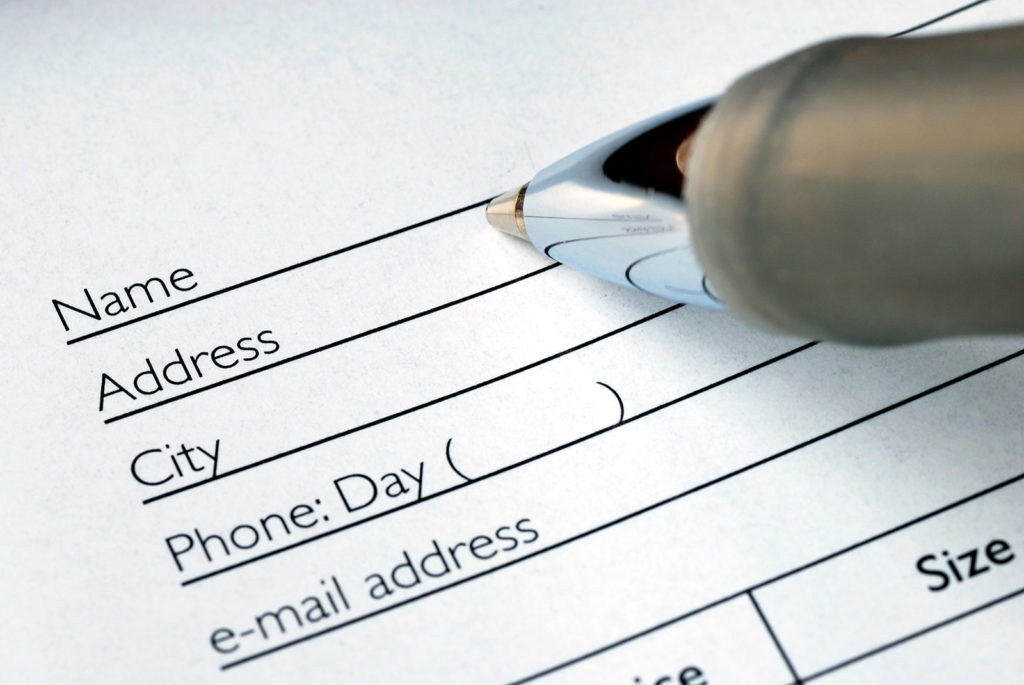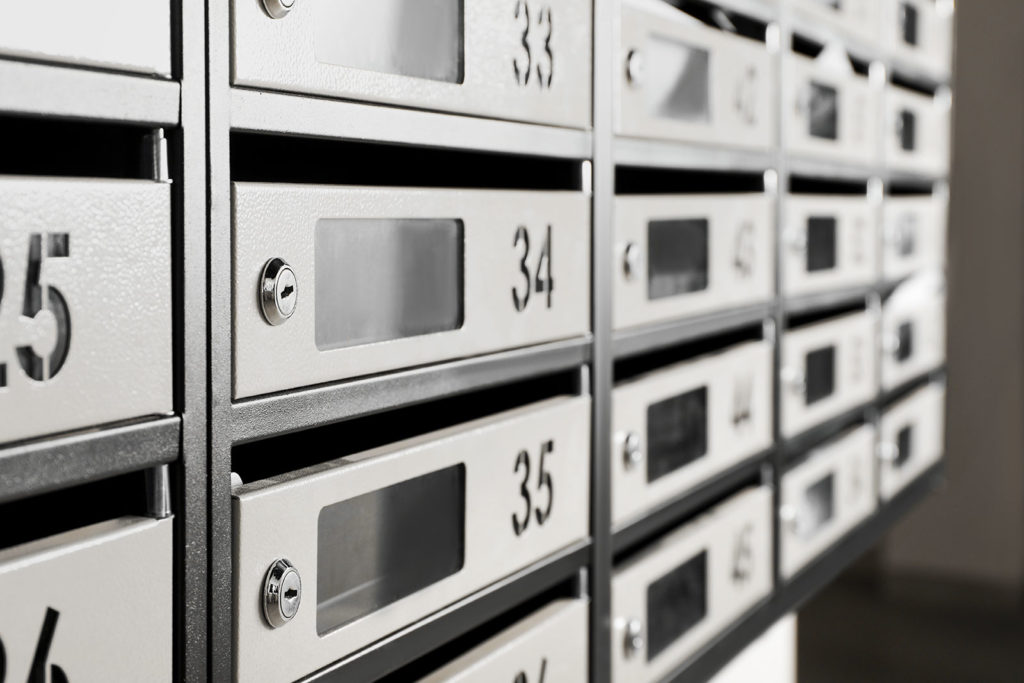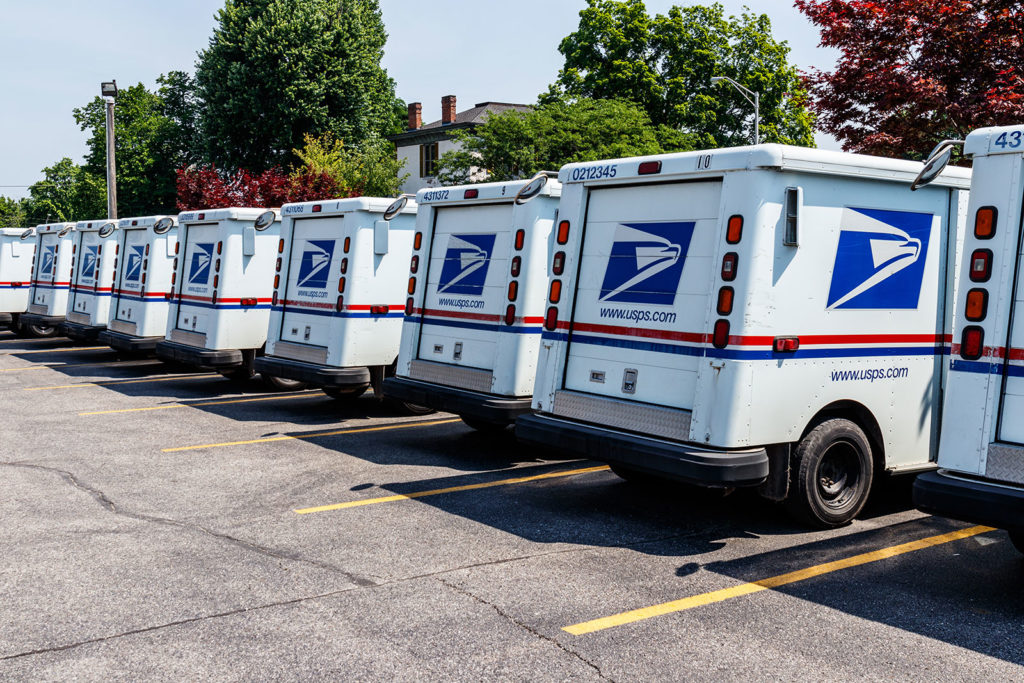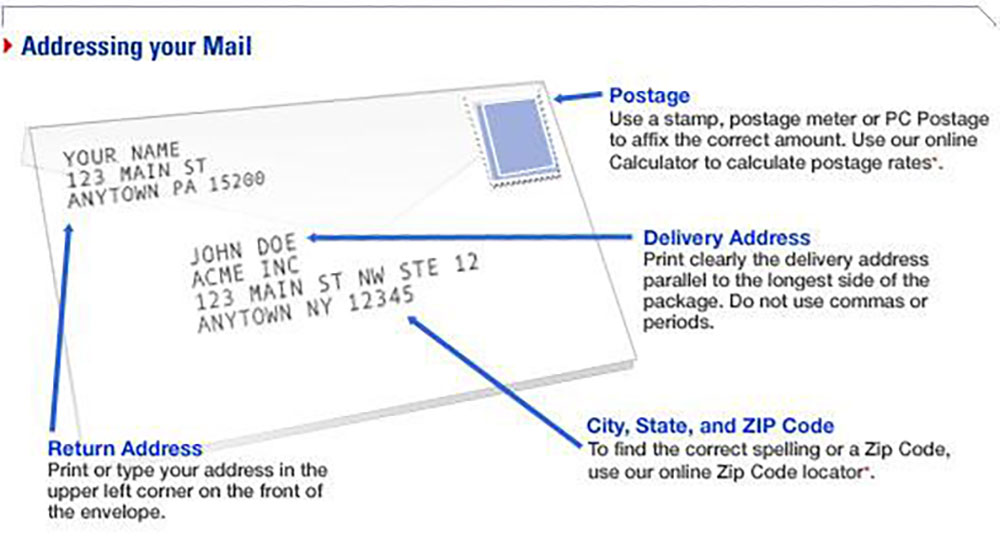Looking at a standard form, you’ve probably noticed two lines labeled “Address” used to collect the recipient’s address information. Address Line 1, Address Line 2, City, State, and Zip Code are the usual fields that comprise the Address form field.
But what’s the difference between Address Line 1 and Address Line 2? And why do we need two lines in the first place?
In this post, we will learn what Address Line 1 is, its components, how it differs from Address Line 2, and how to fill them out correctly.

Table of Contents
What is Address Line 1
Address Line 1 is typically the first field on any address form that is used to provide the recipient’s primary street address or delivery location. Address Line 1 is a mandatory field used to identify the recipient’s primary location to ensure that the mail or package is delivered to the correct shipping address.

Address line 1 is the street address or the first line of your address.
For example, the address line 1 for 2566 Dow ST, Box 168 would be “2566 Dow ST.”
“Address line 1” refers to the first part of your address, including your house number, street name, and suffix.
In Address line 2, you can add details like “P.O. BOX 168″ if needed.
What should the Address Line 1 section contain?
Address Line 1 is critical information that helps accurately identify the destination of mail or packages. It usually consists of various elements, including the street name, street suffix, building number, and apartment number. These elements are crucial because they make it easier for postal carriers to find the recipient’s address and assist in offering more precise information about the recipient’s location.

Building Number
The first element of Address Line 1 is the recipient’s building number or house number, often represented by a numeric value. The building number is the unique number assigned to your building, house, or property.
For example :
4388 Robson St., Vancouver, British Columbia
The building number is 4388.
Street Name
The second element of Address Line 1 is the street name, which is used to identify the street where the recipient’s home or building is situated. When there is no building or house number, the street name is frequently written out entirely.
Example:
4131 Adelaide St, Toronto Ontario
The street’s name is Adelaide Street.
Street Suffix
Address Line 1 must have the street suffix to correctly identify the type of street where the recipient’s building or house is situated. A street suffix can be an abbreviation or a whole word indicating whether the street is a road, lane, avenue, highway, or boulevard.
Example:
3701 Summerfield Blvd, High River, Alberta
The street suffix is a boulevard, abbreviated as Blvd.
What is Address Line 2?
Our addresses can be long and complicated.
Take, for example, a standard street address. It might look like this:
Steve Smith
364 Brewery Lane, Apt. 204,
Ridgewood, New York 11385
As you can see, this address is quite long, and fitting it into one line would be challenging. That’s where Address Line 2 comes in.
Address Line 2 should contain secondary address unit designators, such as apartment, suite, room, or floor numbers. Address Line 2 is for additional information that needs precise customer information to guarantee that mail or packages are delivered to the proper address.
To make it easier for mailmen, you can format the address like this to include the Address 2 line:
Steve Smith
364 Brewery Lane
Apt. 204
Ridgewood, New York 11385
What should the Address Line 2 section contain?
The following items should be included in the Address Line 2 form field:
- Apartment number
- Suite number
- Unit number
- Room number
- Floor number
- Department number
- P.O. Box number (If utilizing a PBSA or as a backup to the street address)
These numbers specify the precise location of the recipient’s apartment, unit, room, or floor number. The street address is usually followed by these address designators, which is separated from it by a comma.

Example:
John Smith
364 Brewery Lane
Apt 204
Ridgewood, New York 11385
The Line Address 2 is Apt. 204.
Isaac Adams-Hands
2616 Wallbridge Loyalist Rd
Suite 24
Belleville, Ontario, Canada K8N 1L9
The Line Address 2 is Suite 24.
Address Line 2 is reserved for the apartment, suite, unit number, room, P.O. box, or floor number (or any other designation not part of the physical address). The company name can be added if applicable.
Of course, not all addresses are as long as the one above. In many cases, Address Line 2 may be left blank. But whether your address is long or short, it’s always a good idea to use both Address Lines to ensure your mail gets to its destination safely – after all, even one misplaced letter can cause your mail to get lost in the system. So next time you fill out a form, remember to include your complete address – on both lines!
The United States Postal Service (USPS) Addressing Standards
According to the United States Postal Service (USPS), the conventional form of putting an address is on three lines:
Line 1: Name of recipient (e.g., John Smith)
Line 2: Street Address, Apartment, suite, unit number, room, P.O. box, or floor number
Line 3: City/State, Zip Code
When writing your address, divide it into numerous lines so your postal service company can easily understand it.

When filling out Address Line 1, the United States Postal Service (USPS) has precise addressing requirements that must be observed. These guidelines ensure that mail or packages are delivered correctly and on time.
The USPS addressing guidelines demand that:
- Address Line 1 must be formatted appropriately, separating each component by a comma.
- If relevant, the apartment number should be written after the street address and separated by a comma.
- The apartment or suite number must be on the first line. Suppose you put it on the second line. In that case, it will be considered a non-USPS Address or non-standard address that does not match any known address in the USPS delivery point database, making any mail or package not deliverable.
- The USPS also recommends that the full street name be used, and the street suffix be abbreviated.

Example:
Mrs. Jane Doe
657 Shadow Brook Lane, Suite 204
Fresh Meadows, New York 11365
Conclusion
Thank you for taking the time to read our blog article. To summarize, Address Line 1 is for the street address, while Address Line 2 is for the apartment, suite, or space number.
If you are a digital marketing company, you must be interested in these things.
While completing a purchase is the goal of every marketing campaign, the process a customer goes through in making a purchase is now just as important. In other words, reacting to their demands at the right moment and considering what your customer is struggling with.
By explaining the differences between Address Lines 1 and 2, you can use both to improve your customer experience results.
At SEO North, we offer all the resources you need to improve your customer experience, so don’t hesitate to contact us today!
FAQ
Why are there two address lines?
Can you remove the second address field and put all the information in address line 1?
Should your mailing address be the same as your home address?
What do Address Lines 1 and 2 mean?
How to write the address with the apartment number?
What is Address Line 3?
What do you add in Address Line 3?
Published on: 2022-10-13
Updated on: 2024-04-11